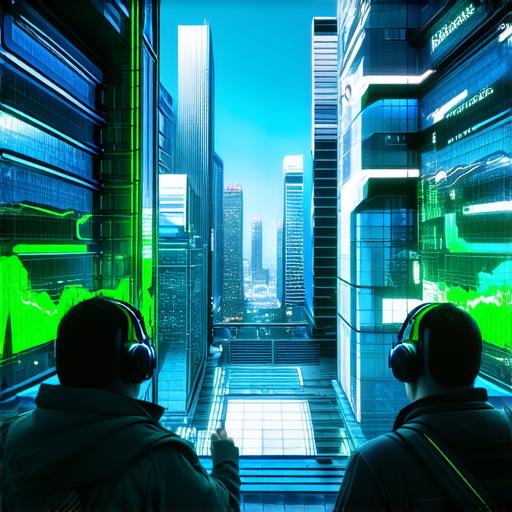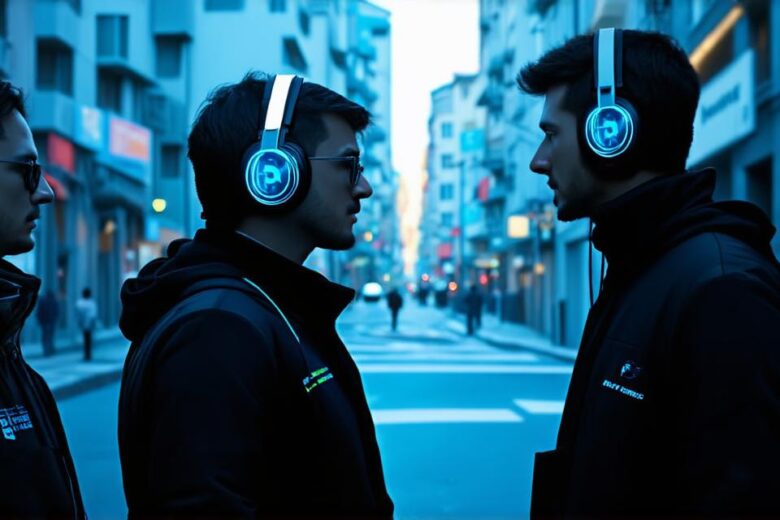Augmented Reality: An Overview
AR is a technology that overlaays digital content onto the real world. It allows users to interact with virtual objects and environments in real-time, creating an immersive experience that blends the physical and digital worlds. AR has been used in a variety of applications, including gaming, education, and retail.
Mixed Reality: An Overview
MR is a technology that combines elements of both AR and virtual reality (VR). It creates a hybrid environment where users can interact with both the physical and digital worlds simultaneously. MR has been used in a variety of applications, including training and simulation, entertainment, and design.
How Mixed Reality Expands on AR
Mixed reality expands on the groundwork established by augmented reality in several ways. Firstly, MR allows for a more seamless integration of virtual objects into the real world. This is because MR technology is designed to track the user’s physical movements and adjust the virtual content accordingly. AR, on the other hand, requires users to manually interact with virtual objects using gestures or voice commands.
Secondly, MR provides a more immersive experience by allowing users to interact with both the physical and digital worlds simultaneously. This creates a sense of presence that is not possible with AR alone. For example, in an MR-based training simulation, a user could be physically present in a virtual environment while also interacting with real-world objects.
Thirdly, MR allows for more realistic interactions between the physical and digital worlds. This is because MR technology uses advanced tracking and rendering techniques to create a more lifelike representation of virtual objects. For example, in an MR-based design project, a user could see how a virtual object would look in a real-world environment before making any changes.
Real-life Examples of Mixed Reality in Action
One example of mixed reality in action is in the field of medicine. For example, surgeons have been using MR technology to perform minimally invasive surgeries. In these surgeries, the surgeon wears an MR headset that allows them to see a virtual representation of the patient’s anatomy. The surgeon can then use specialized surgical tools to make incisions and remove tissue in real-time, with the virtual objects providing feedback on the procedure.
Another example is in the field of architecture. Architects have been using MR technology to design buildings and other structures in a more realistic and immersive way. By wearing an MR headset, architects can see how their designs would look in a real-world environment, with virtual objects providing feedback on factors such as lighting, shadows, and materials.
FAQs
What is the main difference between AR and MR?
The main difference between AR and MR is that AR overlaays digital content onto the real world, while MR combines elements of both AR and virtual reality to create a hybrid environment where users can interact with both the physical and digital worlds simultaneously.
How does MR expand on the groundwork established by AR?
MR expands on the groundwork established by AR in several ways, including providing a more seamless integration of virtual objects into the real world, a more immersive experience, and more realistic interactions between the physical and digital worlds.
What are some real-life examples of mixed reality in action?

Some real-life examples of mixed reality in action include medical surgeries, architecture design, and training simulations.
